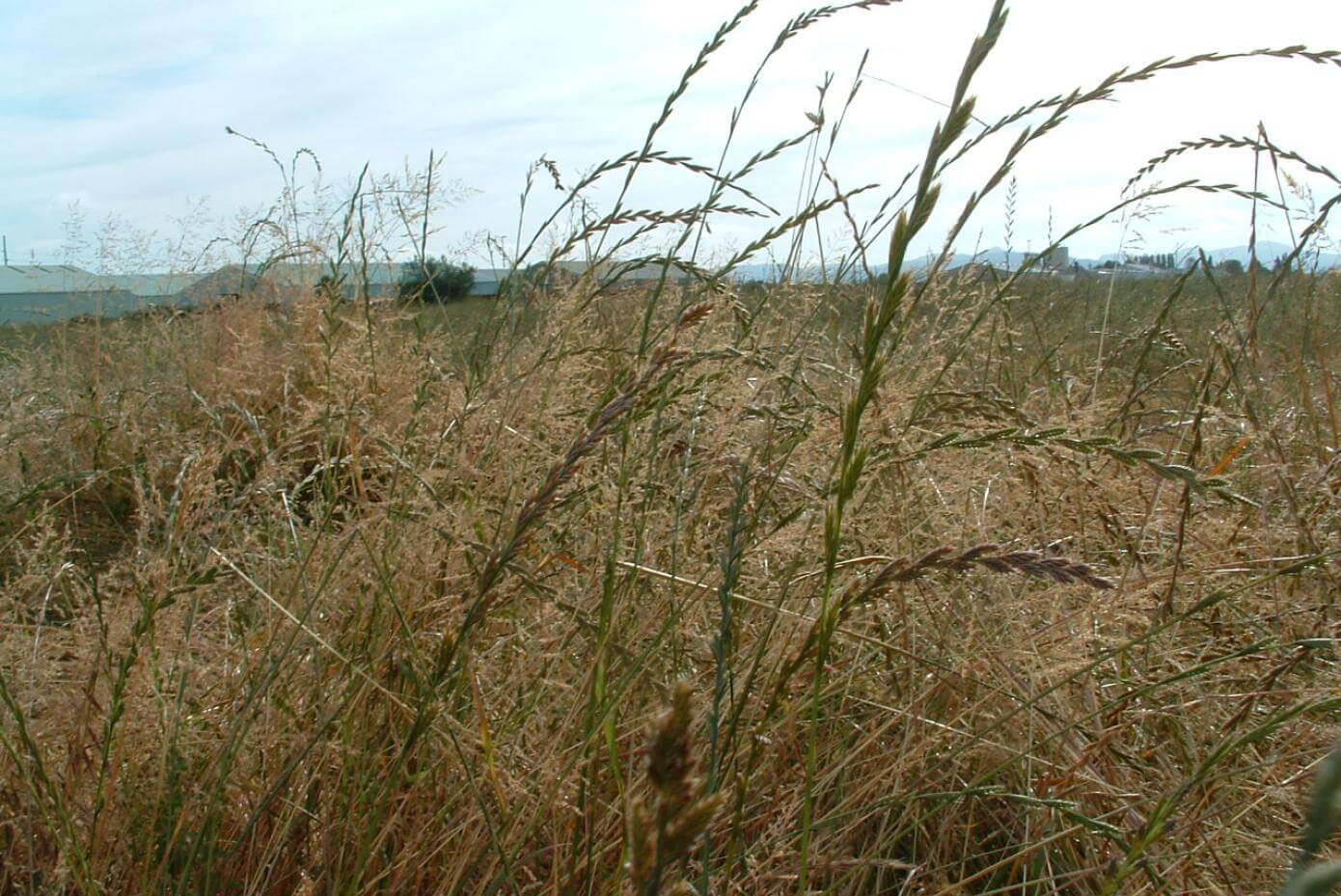Oregon Harvest - Almost Here
The Oregon grass seed harvest is at least 7-10 days late this year. Virtually no Fawn or Gulf fields have been windrowed. A few fields of earlier varieties are cut... but very few. Because of a wetter than normal May and June, some fields are still wet and will present a challenge for farmers to keep from getting bogged down, or worse. So while farmers are itching to get out in their fields, it looks like they are just going to have to wait. Hopefully the 10-day forecast for dry skies and temperatures in the upper 70’s and low 80’s will hold true. Expect farmers will begin later this week.
Regarding estimated yields, “guesstimates” are that Gulf will be average or below in yield. Later crops look good. As is often the case, choke is showing up in orchardgrass, but it doesn’t appear to be much worse than other years. The delay in harvest is matched by minimal trading activity and stable prices; buyers and sellers seem content to “see what happens”.
Crimson Clover - Not Just for the South
Crimson clover (Trifolium incarnatum) has been widely used and well known in the South as a very dependable, high-yielding, early maturing, annual clover. But more recently, northern farmers are finding crimson clover to be a beneficial cover crop for corn, soybeans and wheat. Crimson is the fastest growing of the annual clovers, and easy to establish. Crimson clover also handles shade well. Quick establishment and shade tolerance can be very valuable to northern cover crop plantings as it is sometimes quite challenging to overcome seeding into existing corn stands (see article below). Crimson can provide nitrogen credit for succeeding crops of 30-60 lbs N/A. It is also a good weed suppressor, organic matter increaser, and erosion controller. One other advantage of Crimson - it makes good animal feed! We offer both Dixie and common Crimson. To learn more about Crimson clover’s cover crop benefits, contact us or visit our new website: www.covercropseeds.com.
When quick establishment and shade tolerance make a difference
Here is some interesting data: A few of years ago, Terry Taylor and Mike Plumer of the University of Illinois Extension, planted multiple cover crop seeds into corn stands at two different times in SE Illinois. Included in the trial, were winter peas, various vetch varieties, multiple clovers, oil seed radish, and canola.
The first planting, done on Sept. 2nd, simulated aerial seeding. Most all the entries germinated but subsequently died due to shading from the corn. Only Dixie Crimson clover and a vetch variety survived.
The second planting was established 8 days later. All varieties germinated and completed establishment, but 7 months later, it was Dixie Crimson clover that had the highest percent stand (85%) and produced the highest amount of dry matter. Dixie and common crimson were also significant nitrogen producers. The trial operators were so impressed with crimson, the had this to say in their report: “Crimson clover was a significant nitrogen producer and is much easier to no-till corn into, so much so that a variety trial for crimson is planned for next year.” Date from “Utilizing legume winter cover crops” - web.extension.illinois.edu. Photos used by permission from Michigan State University.
